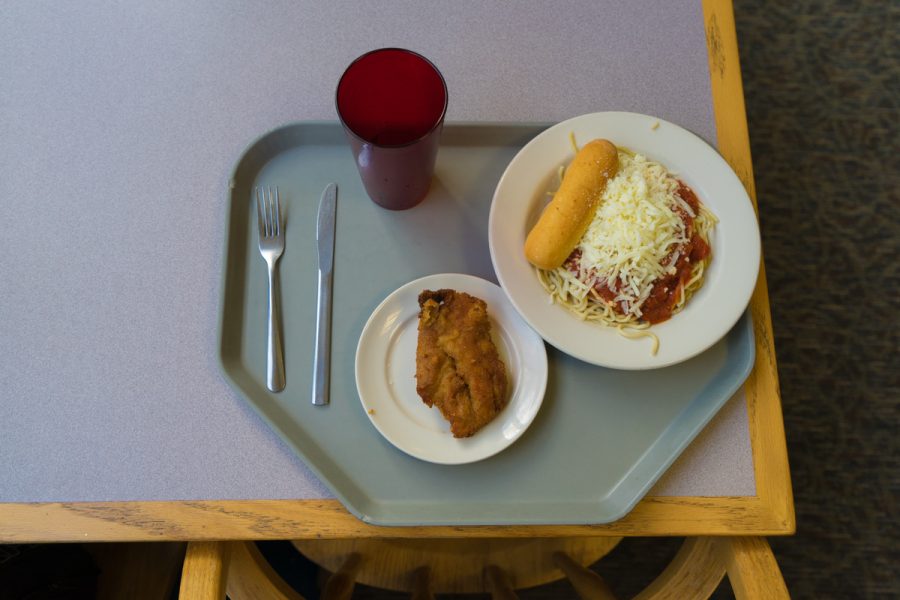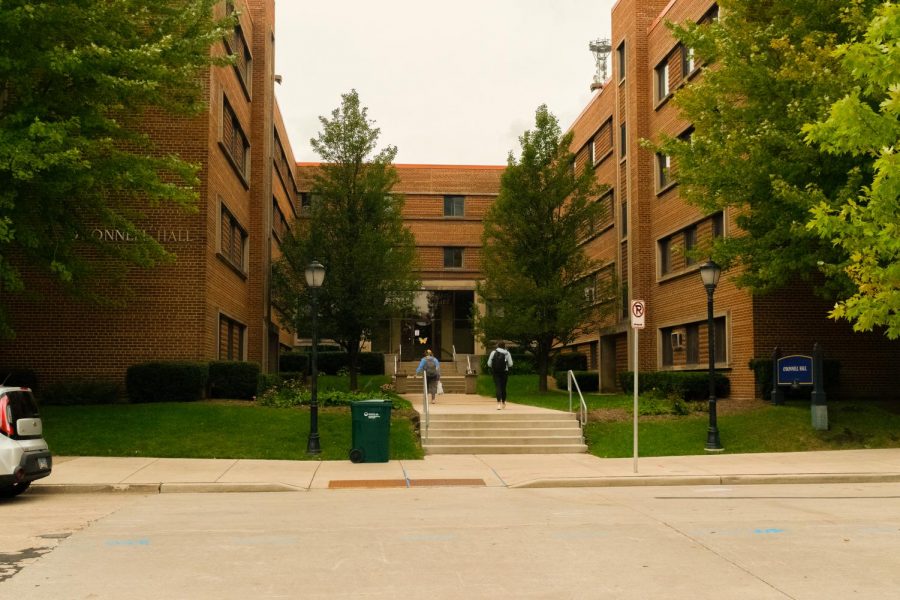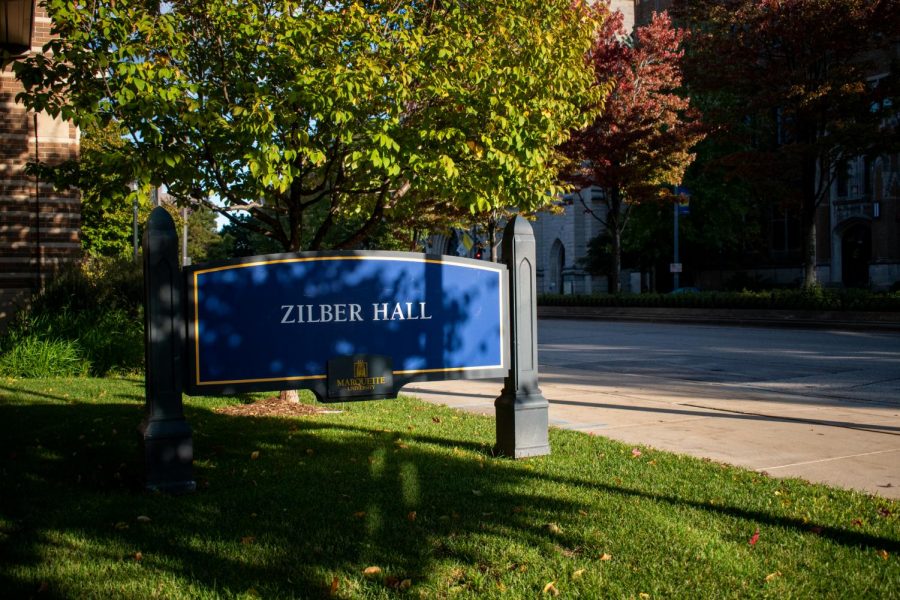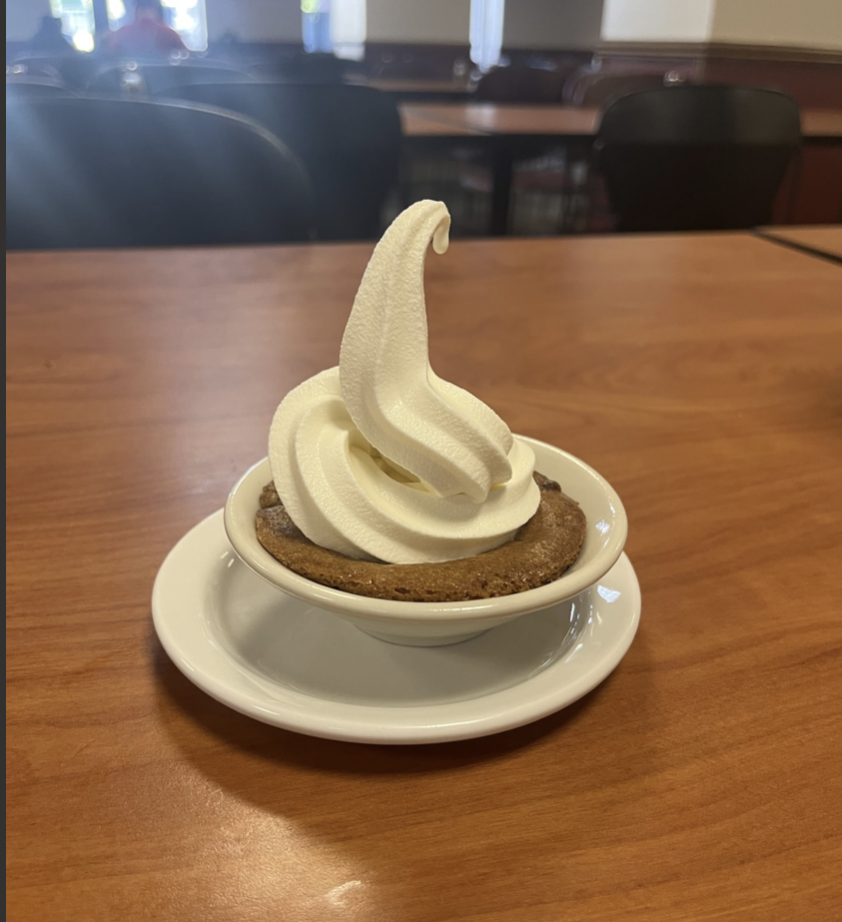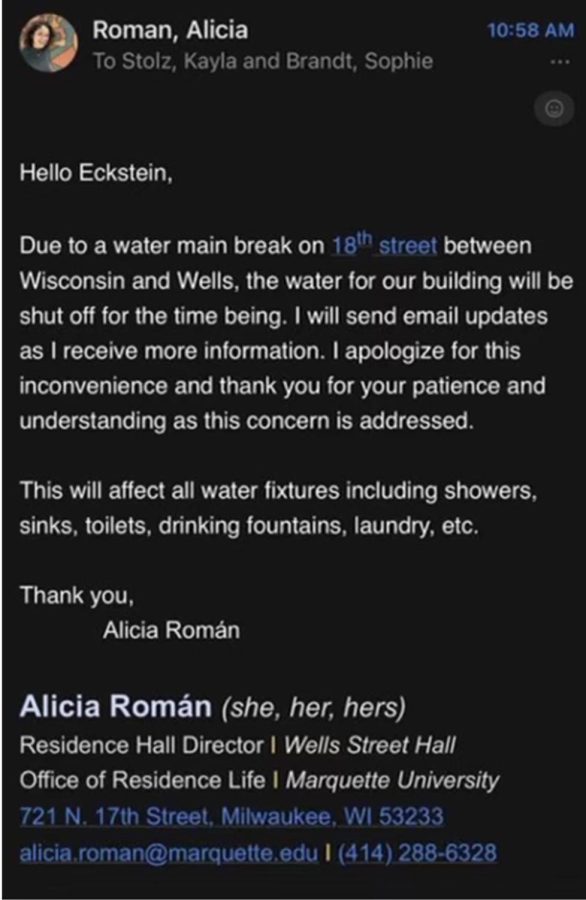 “Please, sir, I want some more.” No, this is not “Oliver Twist.” This is me, in Cobeen’s dining hall asking for more chicken nuggets on a Saturday night.
“Please, sir, I want some more.” No, this is not “Oliver Twist.” This is me, in Cobeen’s dining hall asking for more chicken nuggets on a Saturday night.
Let me preface this by saying that I am not good at many things. But one thing I am good at is knowing how much food I want to eat, and when it comes to chicken nuggets, I always want more than six.
If you’re being served in a dining hall and you ask for more than you’re given, you will likely be told that you have to come back if you want more. Why can’t I just get however many I want the first time around?
It’s confusing and inconsistent. If you want an entire tray of spinach at the salad bar, or if you wanted to abscond with a tower of French fries and pizza, you could, because they’re self-serve. No one could really stop you. Yet if you want more than your allotted serving of French toast sticks, it will take more than one trip, as that request would be denied.
This kind of food rationing is a form of food shaming. When you tell someone they cannot have more on their first trip to the line, whether it is intended or not, it sends the message that they should not be asking for more. But in actuality, the amount and kind of food consumed is up to the person eating it, and it shouldn’t be up for anybody else’s judgment.
Our society has enough problems with body image and judgment of people’s personal eating decisions without dining services adding themselves to the problem.
The overall experience is belittling. The vast majority of us probably have grown accustomed to choosing our own portion sizes, but it almost makes us feel like children being scolded for making our own decisions about food. Not exactly the best way to have us go about making empowered, healthy food choices.
The reasoning behind this restriction is to reduce waste, yet it’s unlikely that the food will end up being thrown away, because people usually do not throw away food they specifically ask for. Of course, there will be instances where someone fills up faster than expected or the food is borderline inedible and they don’t want it.
But for the most part, telling people to come back is not going to have much of an impact on the amount of food wasted in a dining hall. Those people will come back, and they will likely be mildly outraged that they had to return to get what they wanted and asked for it in the first place.
Having a default serving size may not necessarily be a bad thing. Without that standardization, chicken nuggets might be handed out willy-nilly. One person might get four, and the next person could get nine. But students should have the option to recieve more than the base serving size if they so choose. We get the option to have less than the standard portion, so it seems only fair to offer the choice of more as well.
As grownups, with grownup appetites, it can be frustrating. We can eat all the pizza or soft serve ice cream that we want, but heaven forbid you would like more than a golf ball sized serving of sub-par mashed potatoes. You’ll have to come back for that second golf ball sized serving. And you might be weirdly embarrassed about requesting that second helping because of the food shaming element inherent in the idea that you shouldn’t want more than you were given. It’s a no-win situation.
We know our bodies, we know what we want and we don’t want to feel bad for asking for it, especially when it’s not a lot to ask for.


